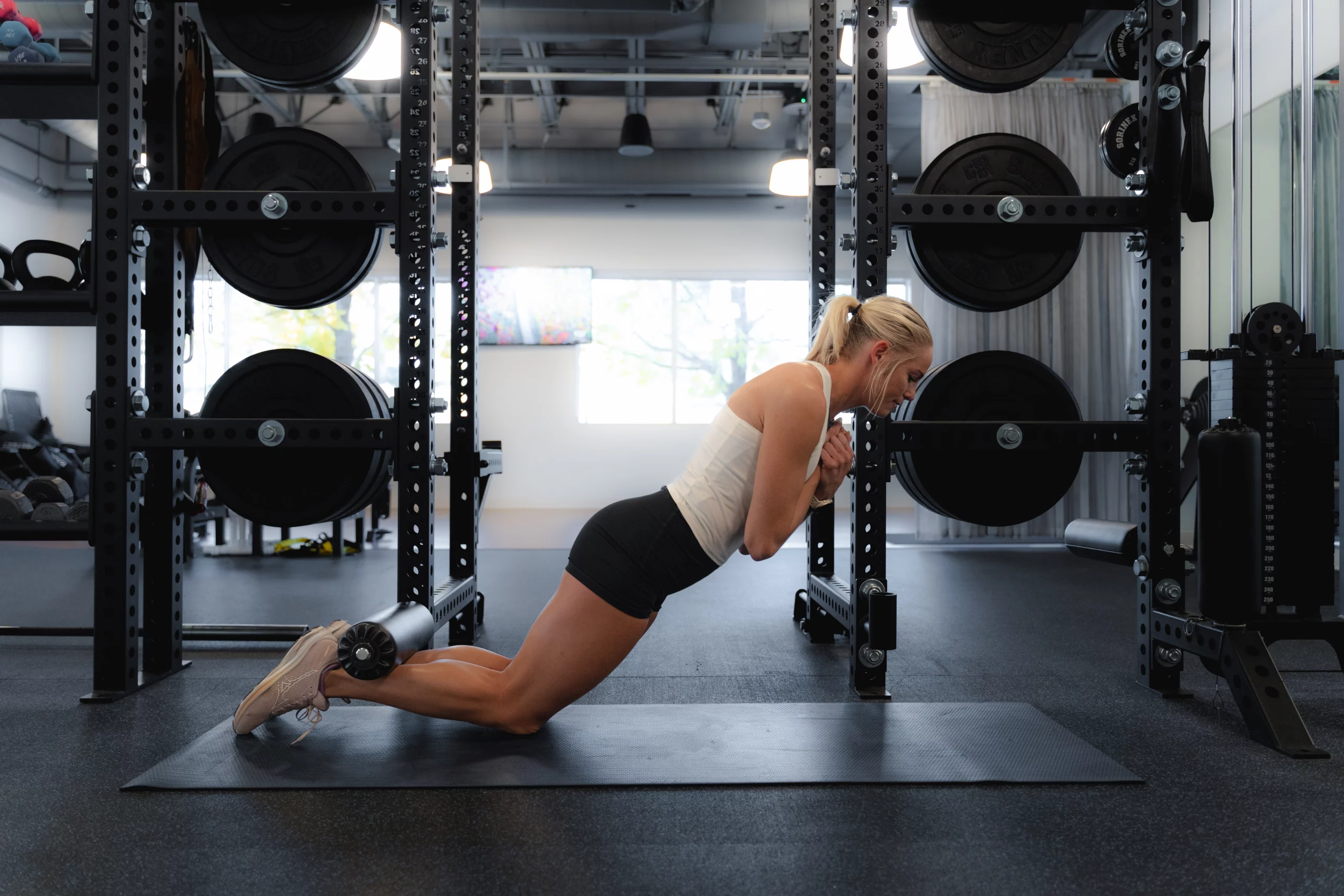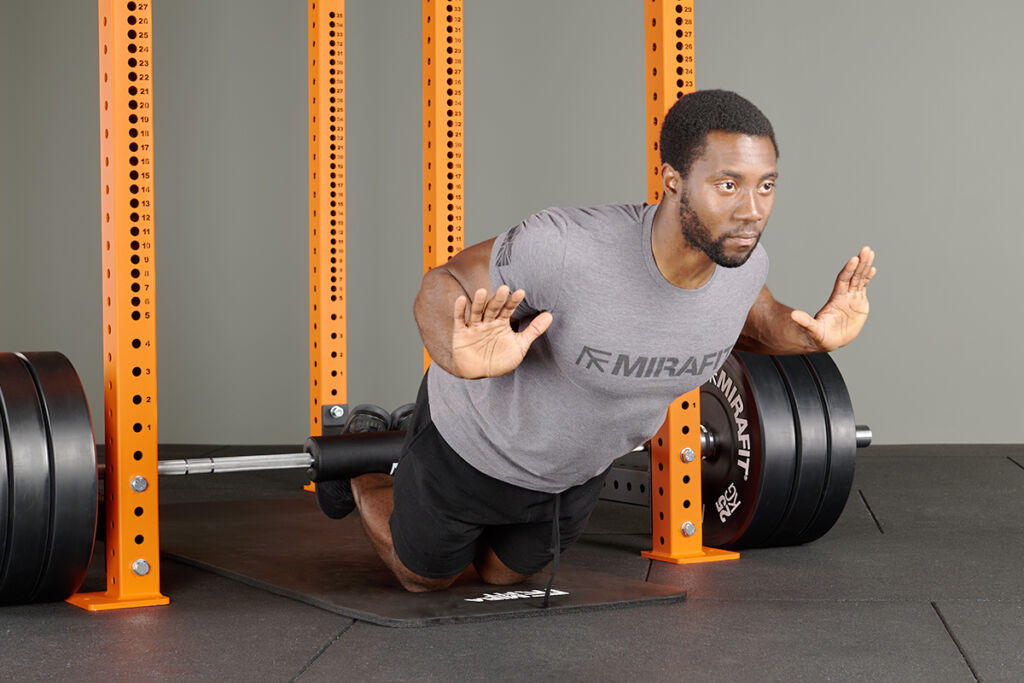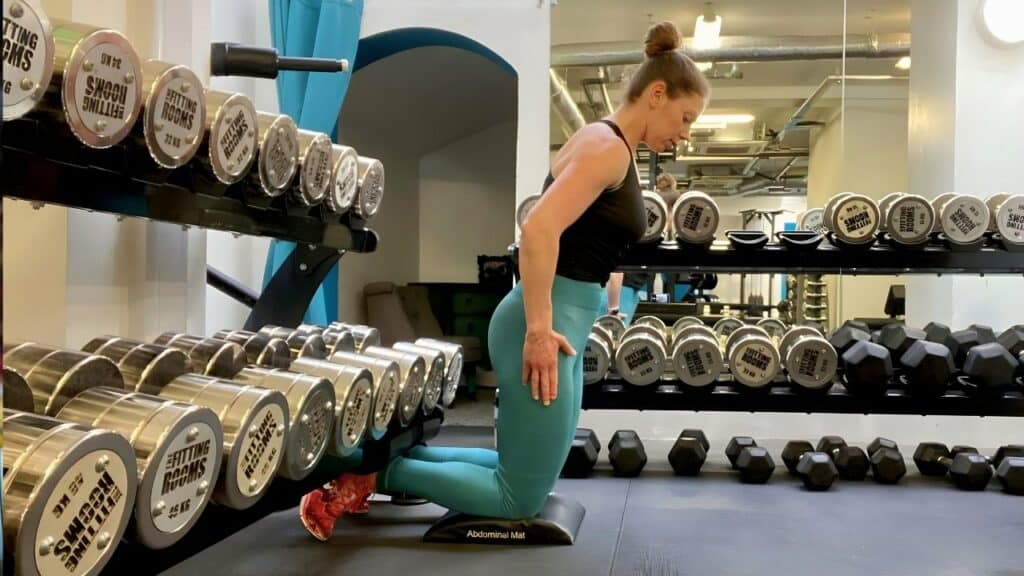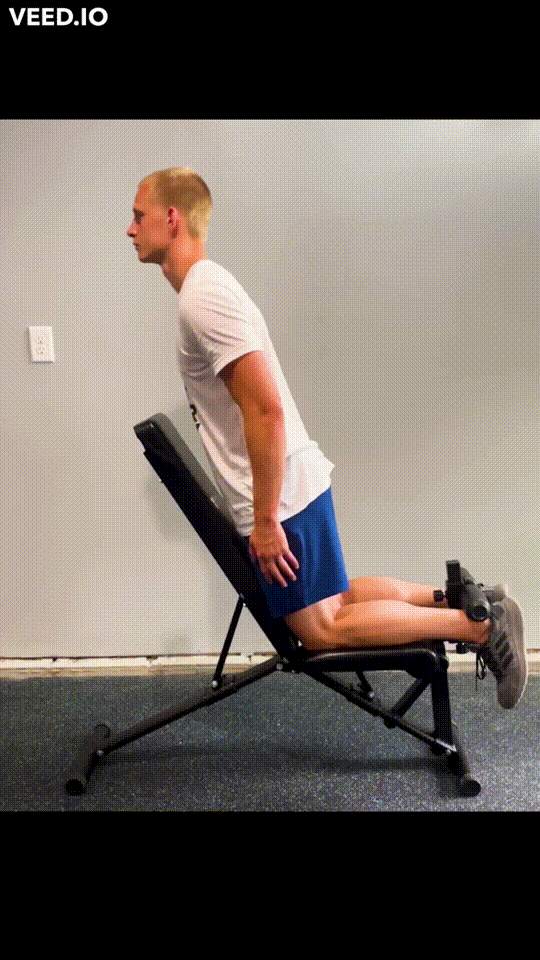In the ever-evolving world of fitness and sports science, one exercise has gained significant attention for its effectiveness in injury prevention and performance enhancement: the Nordic Hamstring Curl (NHC). As a critical component of many athletes’ training regimens, this exercise is not just a trend—it’s a proven method to strengthen the hamstrings, reduce the risk of injury, and improve athletic performance.
Whether you’re an elite athlete or a fitness enthusiast, understanding the Nordic Hamstring Curl can be a game-changer. This guide will cover everything from how to perform the exercise correctly to the benefits it offers and tips to maximize your results.
What Is the Nordic Hamstring Curl?
The Nordic Hamstring Curl, also known as the Nordic Curl, is a bodyweight exercise that targets the hamstrings—the group of muscles at the back of the thighs. It involves a controlled lowering motion while in a kneeling position, with the feet anchored to prevent movement. The goal is to lower your upper body toward the ground while maintaining control, engaging the hamstrings throughout the movement.
This exercise is often performed with the help of a partner who holds your ankles or using a fixed object like a bench or barbell. The movement requires strong eccentric strength (the lengthening phase of muscle contraction), which is crucial for preventing injuries and building muscle.
How to Perform the Nordic Hamstring Curl

Step-by-Step Guide
- Kneel on the Floor: Start by kneeling on a soft surface, such as a mat or cushion, to protect your knees.
- Anchor Your Feet: Have a partner hold your ankles or secure your feet under an immovable object like a bench or barbell.
- Position Your Body: Keep your back straight, shoulders over your hips, and head in a neutral position.
- Engage Your Core: Inhale deeply and activate your core, glutes, and hamstrings.
- Lower Your Body: Slowly lean your upper body forward, keeping your knees in line with your hips. Lower yourself as far as you can while maintaining control.
- Catch Yourself: When you lose control, use your hands to catch yourself before hitting the floor. Alternatively, push up into a push-up position to return to the starting point.
- Return to Start: Squeeze your hamstrings to lift your body back to the starting position.
Benefits of the Nordic Hamstring Curl

1. Reduces Risk of Hamstring Injuries
Hamstring strain injuries (HSI) are among the most common and costly injuries in team sports. Research has shown that incorporating Nordic Hamstring Curls into training programs significantly reduces the incidence of these injuries. A landmark study by Peterson et al. (2011) found that soccer players who performed NHCs had a 70% reduction in hamstring injuries compared to those who did not.
2. Improves Eccentric Strength
Eccentric strength—the ability of a muscle to resist force while lengthening—is essential for activities like running, jumping, and changing direction. The Nordic Hamstring Curl is one of the most effective exercises for building this type of strength, which is crucial for both performance and injury prevention.
3. Enhances Athletic Performance
Stronger hamstrings lead to better sprint speed, jump height, and overall lower-body power. Studies have shown that athletes who regularly incorporate Nordic Curls into their routines experience improvements in speed and agility.
4. Versatile and Accessible
Unlike some high-tech gym equipment, the Nordic Hamstring Curl can be done almost anywhere with minimal equipment. Whether you’re at home, in a gym, or on the field, you can perform this exercise with a partner, a bench, or even a resistance band.
Scientific Backing and Research
Key Studies Supporting NHC
- Askling et al. (2013): This study showed that elite Swedish soccer players who performed eccentric hamstring strengthening exercises had significantly fewer hamstring injuries than those who did not.
- Peterson et al. (2011): A large-scale study involving 942 male soccer players found that those who performed NHCs had 70% fewer hamstring injuries over the course of a season.
- Opar et al. (2014): Researchers found that eccentric hamstring strength below certain thresholds increased the risk of injury by up to 4.3 times. This highlights the importance of monitoring hamstring strength through exercises like the Nordic Curl.
These studies confirm that the Nordic Hamstring Curl is more than just a workout—it’s a preventative strategy for athletes across various sports.
Tips for Maximizing Results

1. Focus on the Eccentric Phase
The key to the Nordic Hamstring Curl is the controlled lowering of your body. This is where the majority of muscle engagement occurs. Avoid rushing the movement—slow and deliberate is the way to go.
2. Use Dorsiflexion
Point your toes toward your shins (dorsiflexion) to stretch the hamstrings effectively. You can use a foam roller under your shins to help achieve this position.
3. Adjust Your Hip Bend
A slight bend in your hips (20–30 degrees) can help manage stress on your lower back and knees, making the exercise more comfortable and effective.
4. Progress Gradually
Start with fewer repetitions and gradually increase the difficulty as your strength improves. Use resistance bands or assistance if needed to maintain proper form.
5. Listen to Your Body
If you feel pain rather than muscle fatigue, stop and reassess your form. Consult a trainer or physiotherapist if the discomfort persists.
Variations and Alternatives
While the Nordic Hamstring Curl is highly effective, there are several variations and alternatives that can be used to keep your workouts varied and challenging:
1. Band-Assisted Nordic Curl
Use a resistance band to assist with the movement, especially for beginners.
2. Single-Leg Nordic Curl
Perform the exercise with one leg at a time to improve balance and unilateral strength.
3. Romanian Deadlift (RDL)
A compound movement that targets the hamstrings, glutes, and lower back.
4. Glute Ham Raise (GHR)
Similar to the Nordic Curl but performed on a machine with a larger range of motion.
5. Stability Ball Leg Curl
Use a stability ball to target the hamstrings with a different angle and challenge.
Common Mistakes to Avoid

1. Allowing the Hips to Sag
Keep your hips aligned with your shoulders and knees. Engage your core and glutes to maintain a straight line.
2. Dropping Too Quickly
Control the descent. Lower your body slowly and deliberately to engage the hamstrings effectively.
3. Using Hands Too Early
Only use your hands when necessary. Try to complete as much of the movement as possible without assistance.
4. Neglecting the Eccentric Phase
Both the lowering and raising phases are important. Focus on the eccentric (lowering) phase for maximum benefit.
Integrating Nordic Curls into Your Routine
For Strength Training
- Include Nordic Curls 2–3 times per week.
- Perform them after main lifts like squats and deadlifts.
For Athletic Performance
- Add them to your warm-up or as a complementary exercise after plyometrics or speed drills.
For Rehabilitation
- Incorporate them 1–2 times per week as part of a broader rehabilitation program.
Conclusion
The Nordic Hamstring Curl is more than just an exercise—it’s a powerful tool for injury prevention, strength development, and performance enhancement. With scientific backing and practical applications, this exercise has become a staple in the training regimens of athletes across the globe.
Whether you’re looking to reduce your risk of hamstring injuries, build stronger legs, or improve your athletic performance, the Nordic Hamstring Curl is a must-try. Start with proper form, progress gradually, and enjoy the long-term benefits of this effective and versatile exercise.
Meta Title:
Nordic Hamstring Curls: Reduce Injury & Boost Performance
Meta Description:
Learn how to perform Nordic Hamstring Curls, their benefits, and tips to maximize results. Prevent injuries and improve athleticism today.
Author Section
Author: John Doe
Title/Role: Fitness and Sports Science Writer
Credentials: John has over 10 years of experience in sports science and fitness, with a focus on injury prevention and performance optimization. He has written extensively on strength training, rehabilitation, and athlete development.
Profile Link: john-doe-fitness.com
Trusted Sources
- British Journal of Sports Medicine – Nordic Hamstring Curl Study
- Journal of Orthopaedic & Sports Physical Therapy – Hamstring Strength Research
- European Journal of Applied Physiology – Sprint Performance Study
Internal Links
- 7 Ways to Improve Your Football Preseason Program
- How to Build Stronger Legs Without Equipment
- The Science Behind Eccentric Training
Final Thoughts
As the Nordic Hamstring Curl continues to gain popularity in the United States and beyond, it’s clear that this exercise is here to stay. With its proven benefits and adaptability, it’s a valuable addition to any training program. Stay updated with the latest news and trends in US fitness and sports science—your body will thank you.











More Stories
What Is Yodo Para Tiroides and How Does It Affect Thyroid Health?
How to Claim Your Joy in League of Legends: A Step-by-Step Guide
What is WSET? A Comprehensive Guide to Wine Education